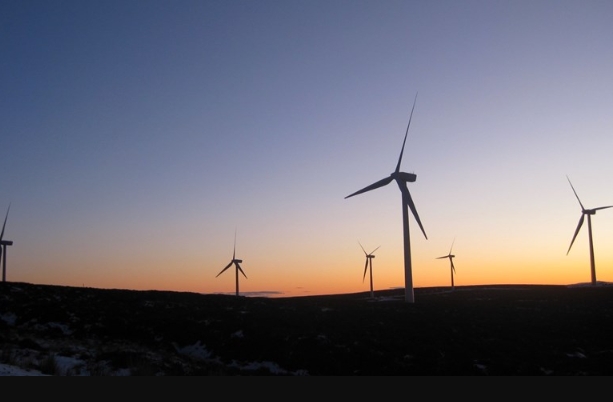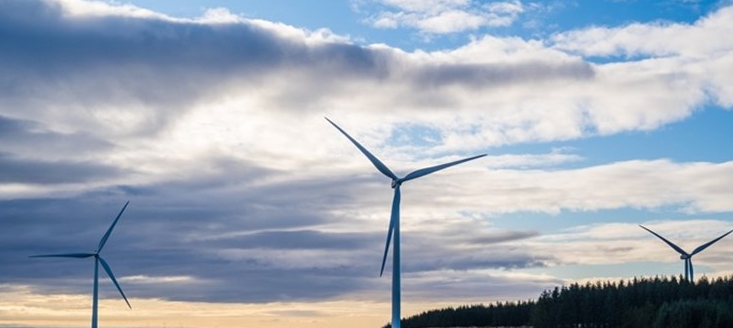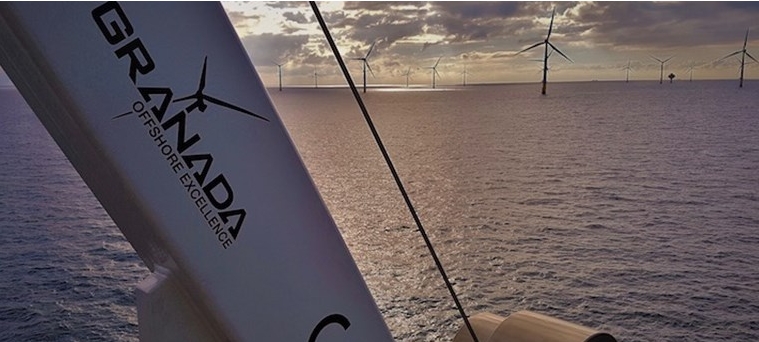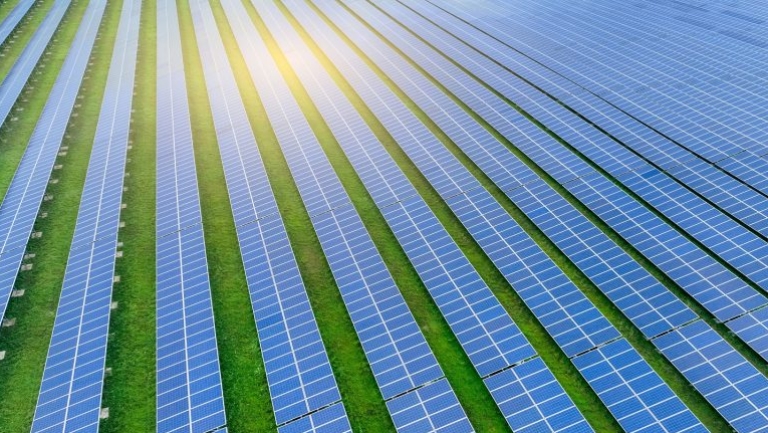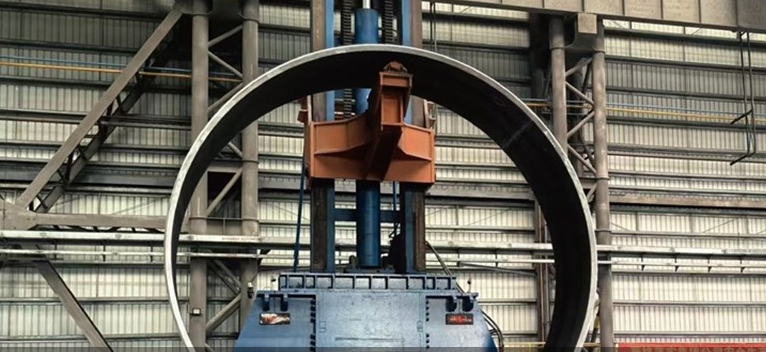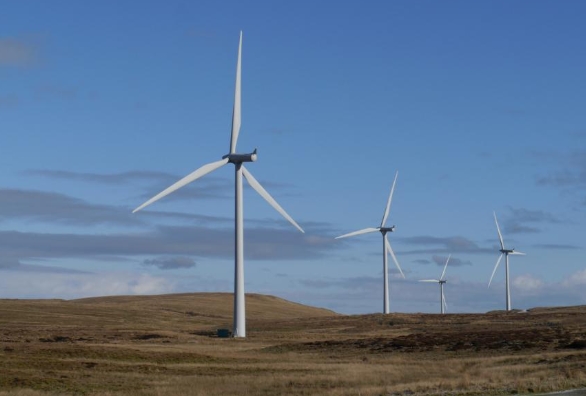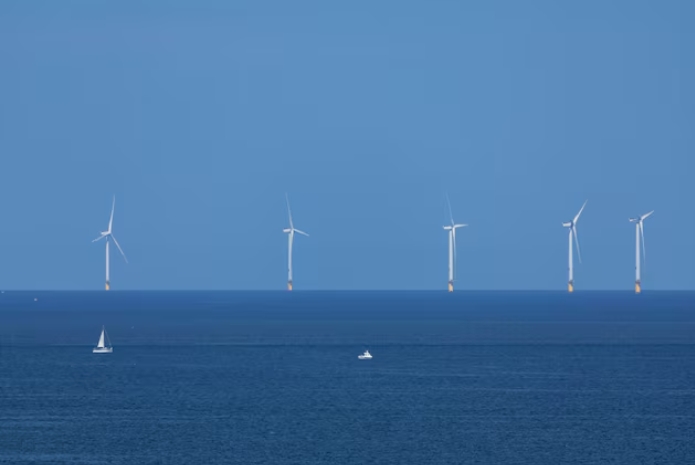Research firm Guidehouse Insights predicts the global market for smart energy technologies to expand at a compound annual growth rate of 10% between 2020 and 2030.

Global cities and communities are expected to invest $64 billion in smart energy technologies by 2030.
Smart energy communities that integrate multiple clean energy technologies are key to developing zero-carbon cities, according to the study.
As the nature of energy generation and use becomes more distributed, more flexible, and more digital, entire communities are beginning to combine various emerging smart energy technologies to achieve greater levels of grid resilience and reliability at a lower financial cost.
Whether isolated islands, green field residential developments, or urban multifamily housing blocks, smart energy communities are combining renewable energy generation, energy storage, smart meters, green buildings, blockchain, and other technologies to exert more control over their energy usage.
While technology challenges still exist, the biggest barrier to the faster deployment of smart energy communities is the need for complex stakeholder management.
The sometimes-conflicting demands of residents, local government, energy providers, grid operators, regulators, and real estate developers all need to be balanced. Open and transparent communication between stakeholders and early community engagement are therefore key to successful projects.
Eric Woods, research director with Guidehouse Insights, said: “The need for smart energy communities is being driven primarily by the need to increase energy resilience and reduce carbon emissions. Energy consumers are also expressing an interest in using energy that is generated locally and that they can partly control. Other clean energy developments, such as the expansion of electric vehicle ownership, are also influencing new approaches to community energy provision.”
